Curator Martina Weinhart in conversation with Anishinaabe filmmaker Lisa Jackson and Chief Negotiator of the Gwa’sala-Nakwaxda’xw Nations Colleen Hemphill.
In October 2020, SCHIRN curator Martina Weinhart spoke with Indigenous documentary filmmaker Lisa Jackson and Colleen Hemphill, a representative of the Gwa'sala-Nakwaxda'xw Nations, about their project “How a People Live”, in which they use interviews and historical footage to document the history and aftermath of the traumatic relocation of the Gwa'sala-'Nakwaxda'xw First Nation. [Editor’s note]
The documentary film “How a People Live”, released in 2013, was commissioned by the Nakwaxda'xw and Gwa'sala First Nations. It reports on the forced relocation of these Indigenous peoples to the Tsulquate Reservein 1964, from their traditional territories of the Smith and Seymour Inlets and surrounding islands on the coast of British Columbia. Let’s start from the beginning: How did this project get started?
COLLEEN HEMPHILL (CH): This project was started in response to the call and need of the Gwa'sala-Nakwaxda'xw Nations (GNN) Elders and community to record our own history by speaking with Elders who remembered and experienced the horrendous government action that caused the tragic relocation in 1964. We had made an unsuccessful attempt to put this film together in the early 1990s. By the time this film came about, the GNN were prepared, with funds available, to work with a historian and with Lisa Jackson, a highly respected Indigenous (Anishinaabe) director.
LISA JACKSON (LJ): The Gwa'sala-Nakwaxda'xw reached out to me, having seen my previous film work on television. To begin with, I participated in a week-long youth media-making workshop in the community, Tsulquate, put on through a program called Our World. Over the course of the workshop, several community members made films with the support of mentors (including me). I also spent time digging into the extensive visual and written archives that the community had sourced. The workshop took place in a building at the heart of the reserve of Tsulquate, so community members could stop by any time to meet and chat. At the end of the week, there was a well-attended community screening and dinner to showcase the new films. During that event, I screened a couple of my short films and discussed the upcoming documentary I had been asked direct, inviting questions and conversation. Given that I was from a different Nation/territory, it was important that there be a fulsome opportunity for people to connect with me as a director, but also as a person whom they were entrusting with a sensitive and traumatic history.
I was tasked with telling the story of the GNN from their perspective. There had been much media coverage and ethnographic study of these Nations since the beginning of colonization, but always from an outsider/colonial gaze, which was often damaging. It was important that this film tell the story of the GNN from their point of view. It would tell their history with a particular focus on the relocation, which had caused so much suffering. As for the audience, the younger community members could learn much, the Elders’ experiences would be honored, and, as well, for outsiders there would be a true document of what the GNN had experienced, no longer mediated through a colonial lens. I drew up a short outline of what the film could look like, and when that was agreed on, I spent a month poring over 1,000 pages of archival documentation as well as dozens of images. Then, I drafted a detailed film outline with the three threads you now see in the film: archival sources, a boat journey to the Homelands, and community member testimonies.
There had been much media coverage and ethnographic study of these Nations [...], but always from an outsider/colonial gaze, which was often damaging.
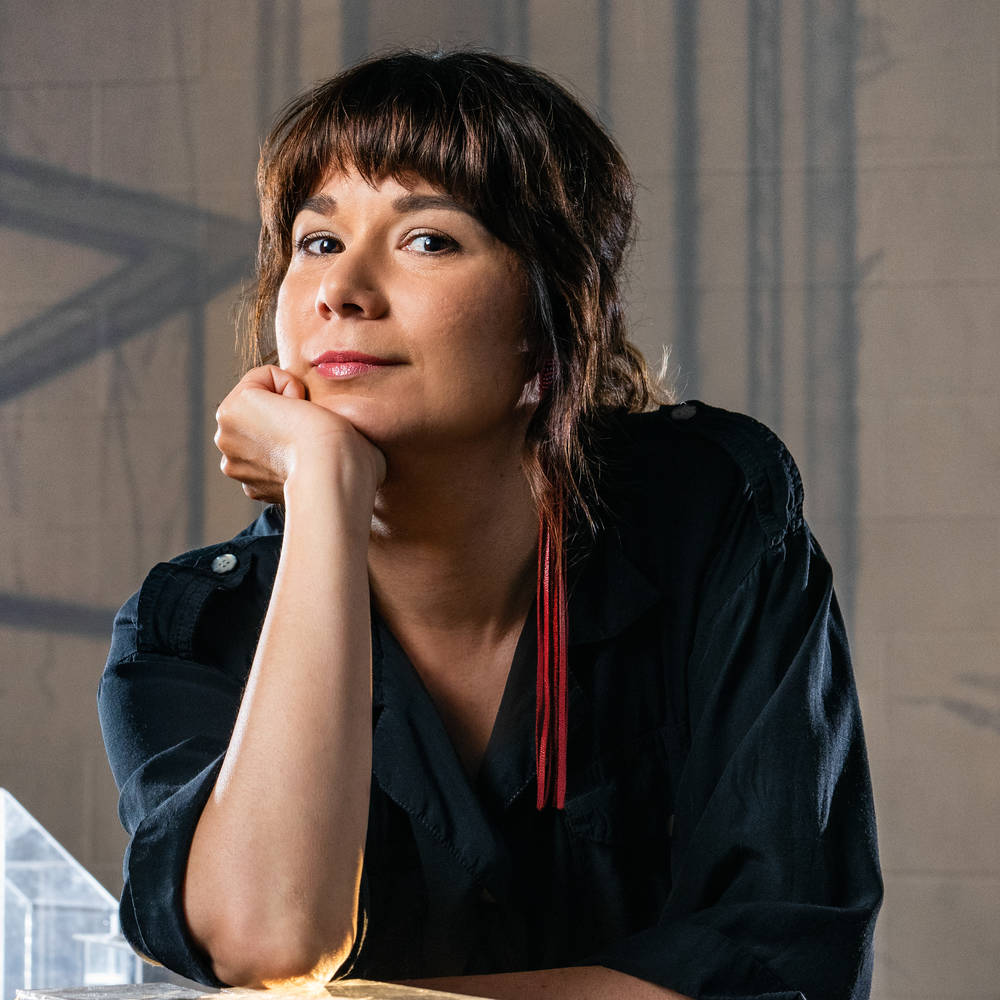
The new destination was Tsulquate. One sentence in the film stayed with me especially: “We lived off the land, knowing that this was our country. Everything comes from the land.” Could you describe this notion of the land that seems to be quite different from European societies?
CH: From the land and seas come our ability to thrive in this part of world. The ancient histories and legends portray early ancestors working with the lands and seas to establish the Nations, the clans, and the original ancestors. Our ancestors were given principles of harmony, love, sustainability, respect, and family to live by. One only needs to witness our ancient ceremonies to find these essential land- and sea-based ordinances at play in songs, dances, and speeches in our language today. These laws apply to every living being, even those without motion, such as rocks. For example, the Metsa legend “When Mink Marries the Rock.”
The interviews with the elders are incredibly moving: the traumas they experienced as a result of the relocation, as well as other restrictions like the banning of the potlatch, the children being forced into residential schools, among other measures. Did you experience the filming as part of a healing process?
CH: This is an interesting question, and, yes, we did see the beginnings of healing during the film process. It still continues today as GNN folks see and reflect on their own beginnings, and on the impact of colonization and the ways that we need to move forward—in fact, on the responsibilities we have to protect what was given to our Nations, societies, at the beginning of time.
How did you arrive at the title of this film?
CH: The title of the film came about in two ways. Firstly, there was a book written by a former Canadian government employee in charge of the districts of various First Nations—and based on the government program and the GNN relocation, the employee felt our Indigenous Nations would soon disappear. He wrote a novel that was published here in Canada in the early 1970s called “How a People Die”. In some ways, our film “How a People Live” was a response to that former dire prediction. Secondly, in the film a hereditary chief states at a traditional Nakwaxda'xw village Sagwoombalah, after a sacred song of love and respect has been sung by young Buddy Walkus, “This is how our people lived.” Our very insightful director Lisa took it from there and proposed the name at one of our early views of the upcoming film, and the name seemed to stick.
From the land and seas come our ability to thrive in this part of world.
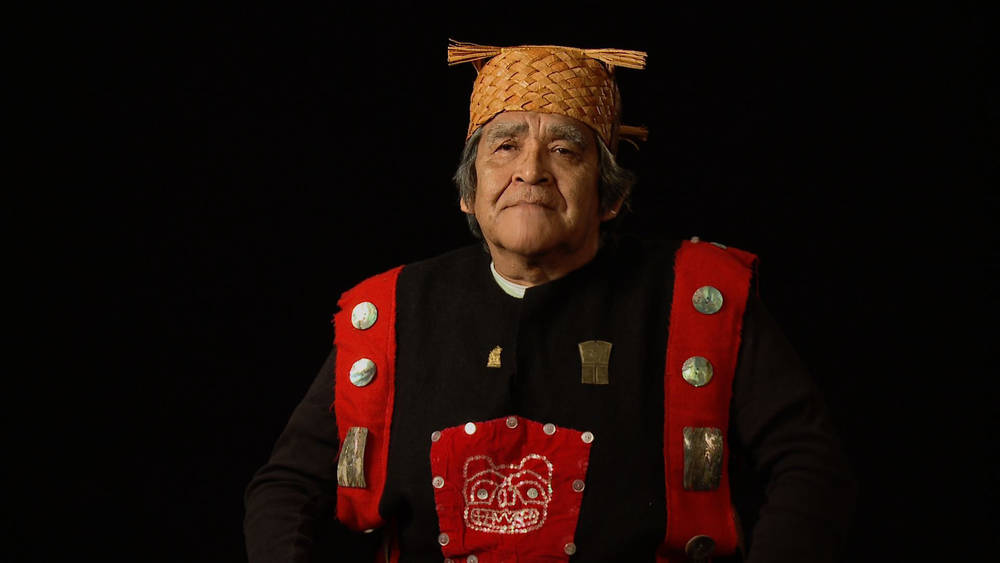
The journey back to the land is also a journey back into history, which leads to very crucial and complex questions of tracing a history that had been told before in a different manner. “How a People Live” combines interviews with Elders, as well as footage from a recent journey back to the ancestral village, with archival material. Could you tell us a little bit about your research, about what material was to be found, and where and how you made your selection?
LJ: As mentioned earlier, the visual and written archive was extensive and had already been sourced by the GNN. I have always loved working with historical materials, and I dove into the opportunity to reappropriate and employ the archive in a way that would recenter the GNN as the authors of their own story. No longer passive observational imagery, the film and photographs now bring to life this history from the community’s perspective. And the historical written documents convey in hearbreaking detail the attitudes and harm wrought by the arrival of the colonizers and their systems meant to contain and control the Indigenous peoples of the territory they were entering. In terms of my approach, I drew up an extensive outline of these historical materials that would be useful in the film before we started shooting, so that I really knew that history intimately before we shot any new footage.
You have used very interesting footage. Edward Curtis’s film “In the Land of the Head Hunters”, released in 1914, was filmed on location in British Columbia with an all-Indigenous cast in the hope of impressing popular audiences with the pagentry of the Kwakwaka’wakw (Kwiakutl) people. Today, this groundbreaking filmic endeavor raises a lot of critical voices. What is your view of this loaded material that you have integrated into your film?
LJ: We have learned how subjective archival materials are and how often tainted with the biases and implicit assumptions of the outside collectors of such imagery. In the case of Edward Curtis, I spent time researching him and the history of the making of this film in particular, which has received a lot of attention. And while the film can be criticized as presenting a skewed version of the reality of the Kwa’kwaka’wakw people he was filming at the time—the salacious title, erasing all indications of modern life, shaping the storyline to create a populist “drama” for a wide audience—there is also value in seeing these traditional ways enacted over 100 years ago by the ancestors of the very community portrayed in “How a People Live”. The creation of costumes and props was carried out by the Kwa'kwaka'wakw under the guidance of George Hunt, who is now considered to be a key Indigenous collaborator of Curtis’s in the three years of preparation for and filming of “In the Land of the Head Hunters” (since renamed “In the Land of the War Canoes”).
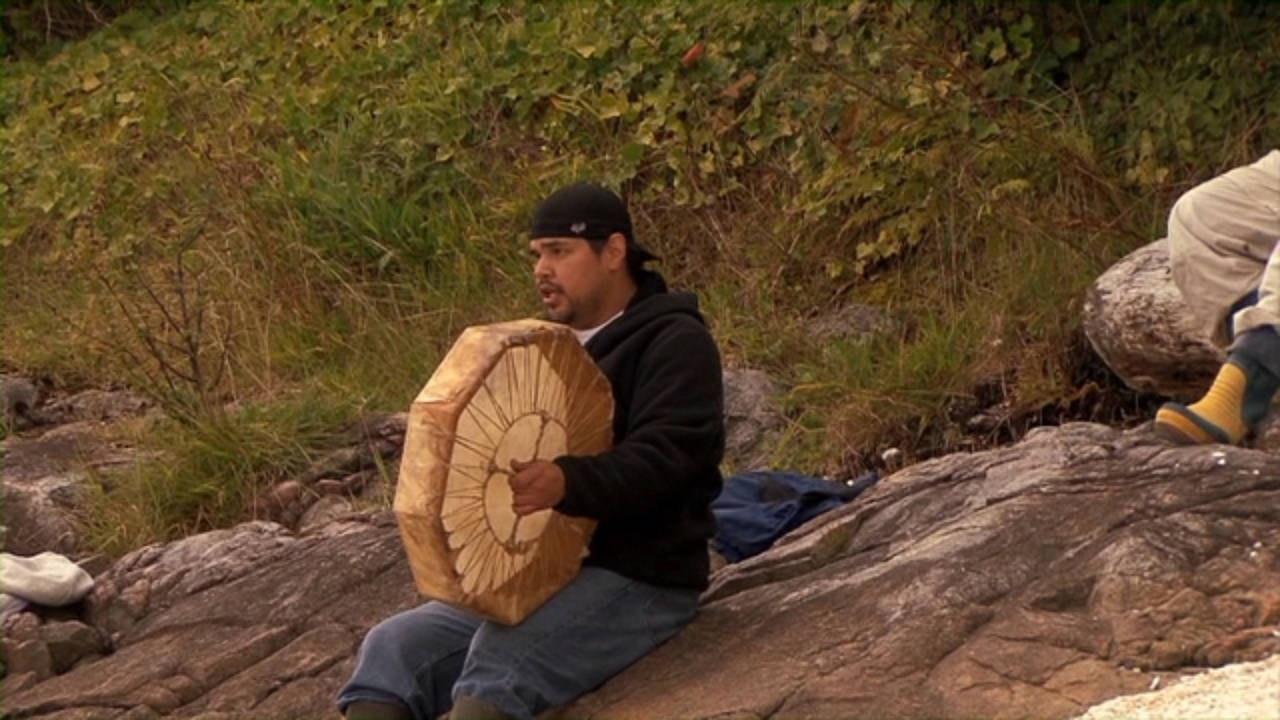
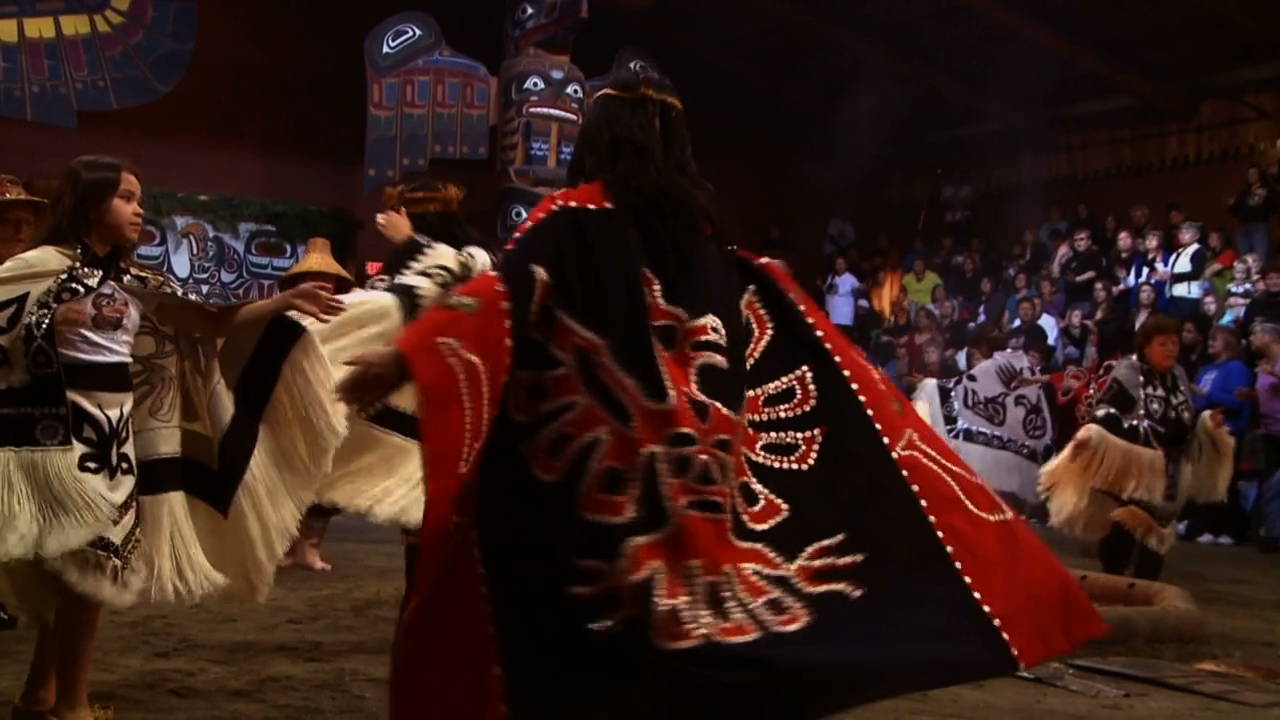
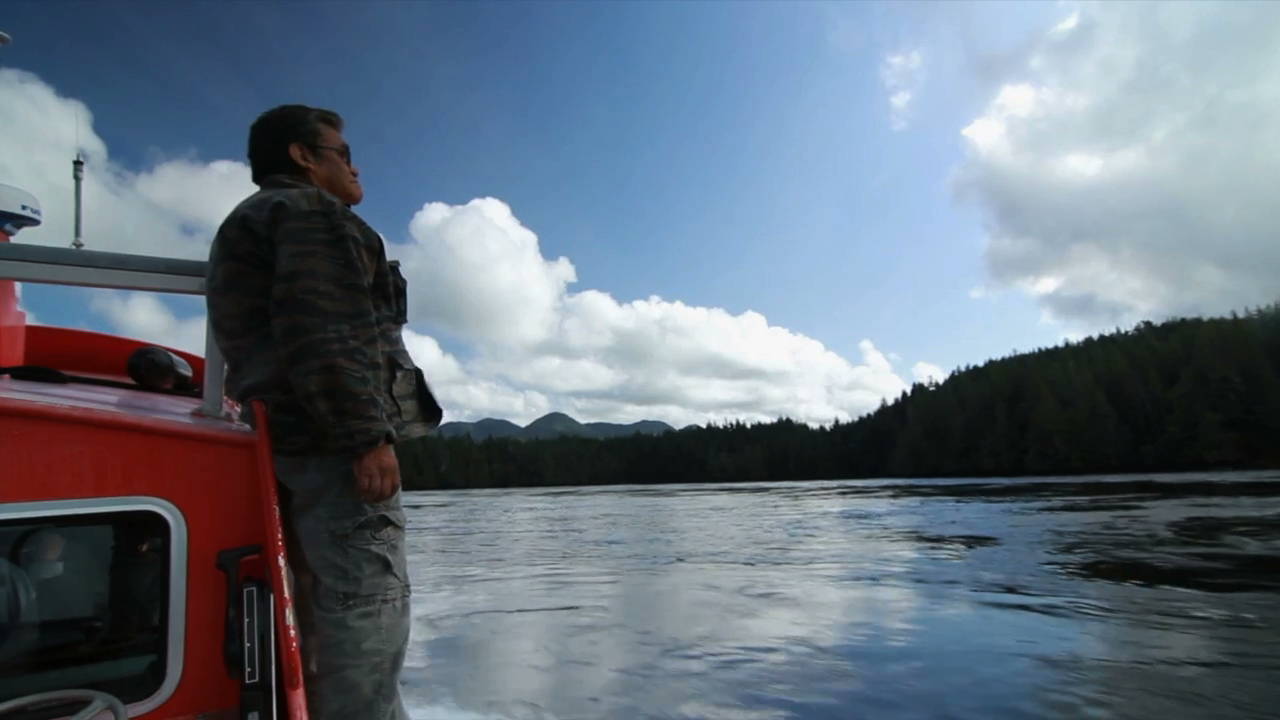
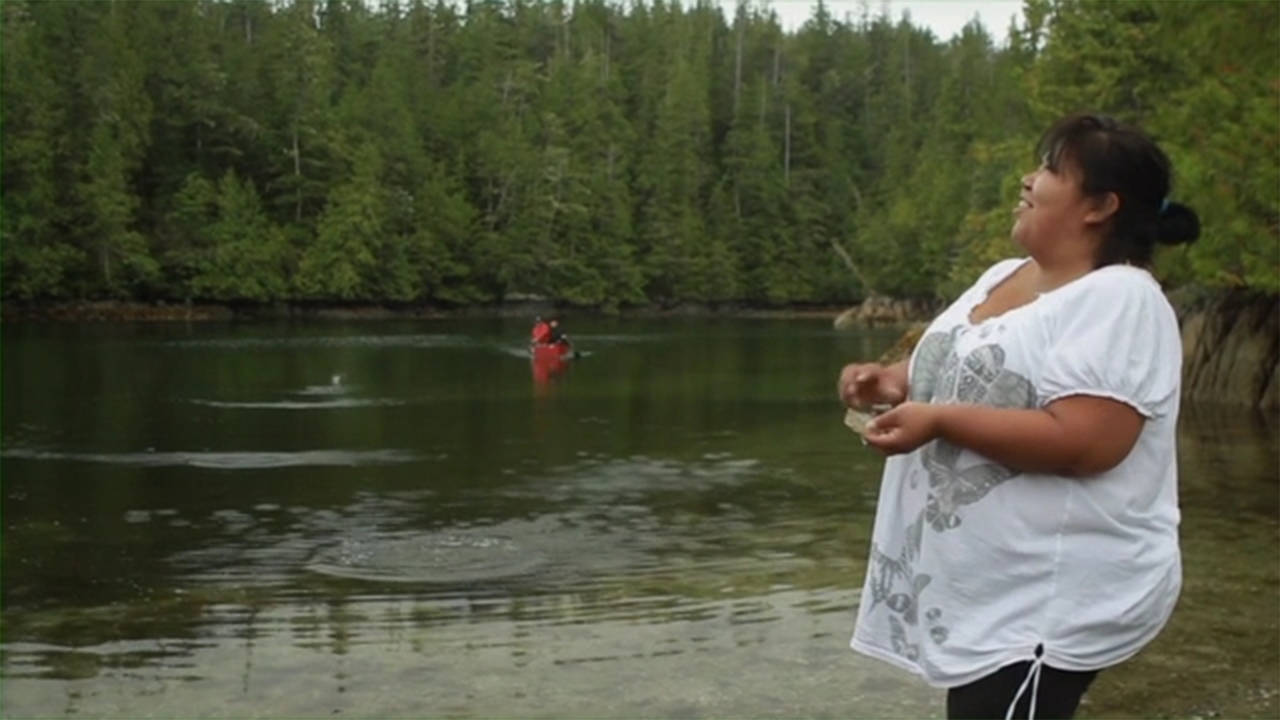
“Who is speaking?” is always an interesting question, including whose voice is heard in a society. We will show your film in the context of Canadian modernism with the intention of creating a polyphonic and multilayered context to open new and differentiated perspectives on image production in that field. How do you relate to the patterns of representation in Canada?
CH: I love the work of the Group of Seven for portraying the beautiful landscape of the country of Canada, however, the paintings are absent of the people who lived on those lands for thousands of years and who had maintained the lands and seas in the pristine state that the Group of Seven had the benefit of portraying in their paintings. Later, Emily Carr, from the West Coast, did include a few people . . .
LJ: The narrative of the Indigenous peoples in these territories now called Canada has been told for most of history through a colonial lens—and continues to be, though things are changing. This has been deeply damaging to the many Indigenous Nations living here and has deprived generations of Canadians from knowing the truth about their country, whose colonial aims required the displacement, dehumanization, and erasure of Indigenous peoples. Our representation in film and media is improving, and there are now many Indigenous filmmakers creating powerful films that receive accolades in Canada and internationally—from Alanis Obomsawin’s films to Zacharias Kunuk’s “Atanarjuat: The Fast Runner”, to Elle-Máijá Tailfeathers’s “The Body Remembers When the World Broke Open”.
However, there is still a tendency toward treating Indigenous peoples as the “Other” in representations, which can romanticize us, reduce our experience to that of trauma and victimization, or present other portrayals that rob us of our agency and full humanity. “Nothing about us without us” is a phrase often used when discussing narrative screen sovereignty. Canada is slowly moving forward on the path of creating a more equitable screen culture that supports the voices of those so often left behind in the storytelling of this country, from Indigenous peoples to immigrants and others whose stories have rarely been shared—yet.
ARTIST TALK
NOTHING ABOUT US WITHOUT US
With Lisa Jackson and Martina Weinhart. Thursday, 4 March 2021, 7 PM, ZOOM









